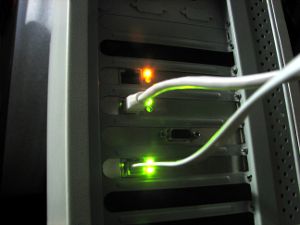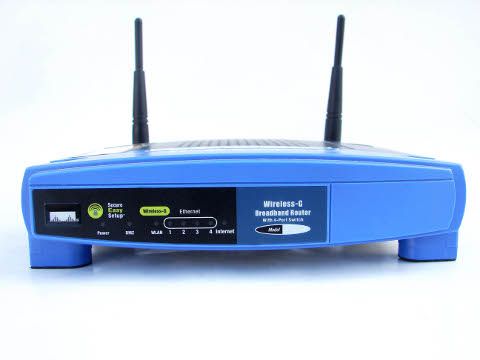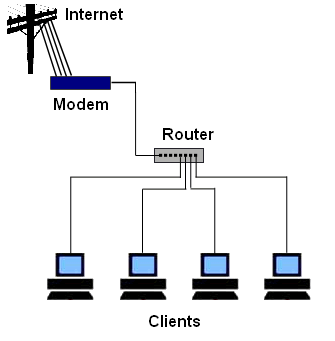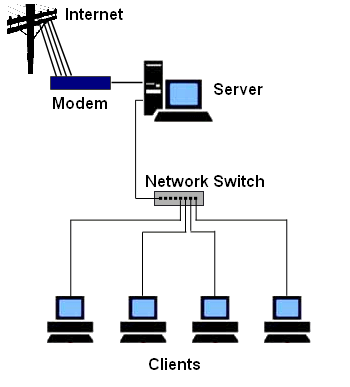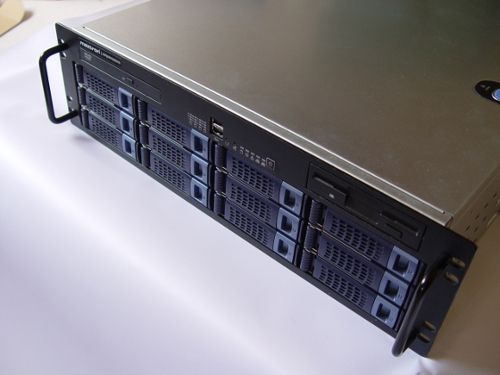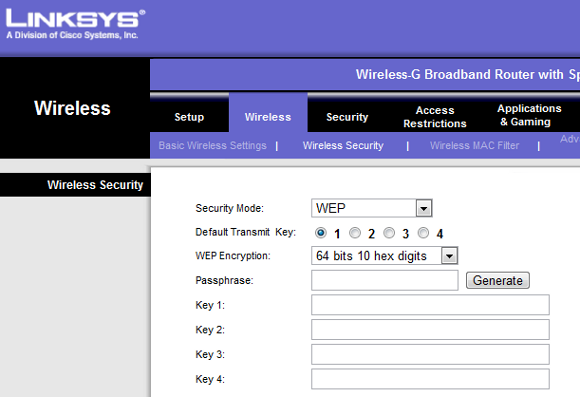<firstimage="https://www.makeuseof.com/wp-content/uploads/2010/06/0-smallbiz-intro.jpg">
Setting up a computer network is a good way to get more out of your system and its components. This is especially true if you are running a small business. Networking allows you to manage all of the operations of a small business - like communication, data transfer, and storage - more easily.
By setting up a network, your computer will be used to its full potential and all your business needs will be met. You can access the Internet with any computer on the network, as well as share files and devices across it. An effective computer network design can make a big difference for you and your business.
In this article, I am going to walk you through the necessary steps on how to set up a small business computer network. I will attempt to explain what you need to know to make it all work.
Networks - Wired vs. Wireless
The first decision you will need to make about your new network is whether you would like it to be wired or completely wireless. These two methods obviously have their upsides and downsides, but either one is suitable for your business needs.
Wired (or Ethernet) networks are said to be extremely reliable, economical, secure, and easy to install. If you have a lot of components you would like to access the Internet with, however, you might opt for a wireless network, which allows you to have broadband access from a distance. Wireless networks have become very easy to install as well, thanks to Wi-Fi. You also eliminate the need for wires or cords in a wireless network, hence the name.
Wired networks are more geared towards desktop PC setups and wireless is more of a laptop thing. If you have both a desktop and laptop in your office (like me), you can simply use a combination of the two. For instance, I have my desktop physically connected to the Internet with an Ethernet cable and my laptop connects via the wireless router.
Network Setup - Peer-To-Peer Vs. Client-Server
The next step in how to set up a small business computer network is deciding whether to make it a peer-to-peer setup or a client-server one. Both networks connect computers so that resources can be shared between them. The fundamental differences are in the setup configuration.
Peer-To-Peer Setup
In a peer-to-peer setup, every computer acts as both the client and the server. Each computer communicates directly with the other computers in the network and resources can be added or removed. A peer-to-peer setup is much more common in the home.
Equipment You Will Need:
Setting up your network peer-to-peer only requires you to have a router (possibly with wireless capability) and the necessary Ethernet cords to run the router to the modem and from the router to all of your computers.
Settings You Will Need:
Depending on the operating system your computers may be running on, you should have some built in functions for a network. In Windows, for example, you can opt to put all computers on the same Workgroup (XP) or Homegroup (Windows 7) and enable print/file sharing. The built-in Network Setup Wizard in the control panel will walk you through your setup.
Client-Server Setup
In a client-server setup, multiple clients (computers) connect to a single, central server. Public data and applications are only installed on the server and the clients connect to the server to use the resources. This type of setup is more typical in larger offices or businesses.
Equipment You Will Need:
In order to create a client-server setup, you are probably going to need a server, or at least a server-friendly operating system. Microsoft Windows Server Edition and Linux are very good for this.
You can install one of them on a PC and use it as a server if you like, but if you have a large business it would be wise to consider purchasing a stand-alone server for the job, especially if you are going to be adding or expanding to your network in the future.
Settings You Will Need:
Hooking up the network properly is half the battle. Once hooked up, your server - or the computer running the server OS - should be pretty straight forward to configure. All of your client computers should have computer names (e.g. Steve-Desktop1). You can use these names to set restrictions or grant privileges to any or all of the clients on your network.
Securing Your New Network
Network security is also important to consider when you're running a small business, particularly in a wireless configuration. (See: Is Your Wireless Network Safe?)
Log into your router settings by navigating to 192.168.1.1 in your browser. Depending on the brand of router you are using, you should be able to locate a security tab of some kind. The current security standard for encrypting wireless networks is Wi-Fi Protected Access, or widely known as WPA and WPA2. If your router supports this option, select it and enter a strong alphanumeric password or passphrase.
For tips to create a strong password, refer to these posts:
- How To Create A Good Password That You Will Not Forget
- 5 Free Password Generators For Nearly Unhackable Passwords
- How To Create Strong Passwords That You Can Remember Easily
It's also important to protect each computer on the network individually with passwords, restrictions, and programs such as firewalls anti-spyware, and anti-virus programs.
Conclusion
Setting up a small business computer network is all about preference. Once you decide on the layout and pick the tools you need to do the job it's just a matter of hooking everything up and tweaking a few settings here and there.
For additional help with your small business and negotiations you experience, download this free ebook for becoming a better negotiator.
Image Credit: Cylonka, mrgoose, bigevil600, Linuxgeek

